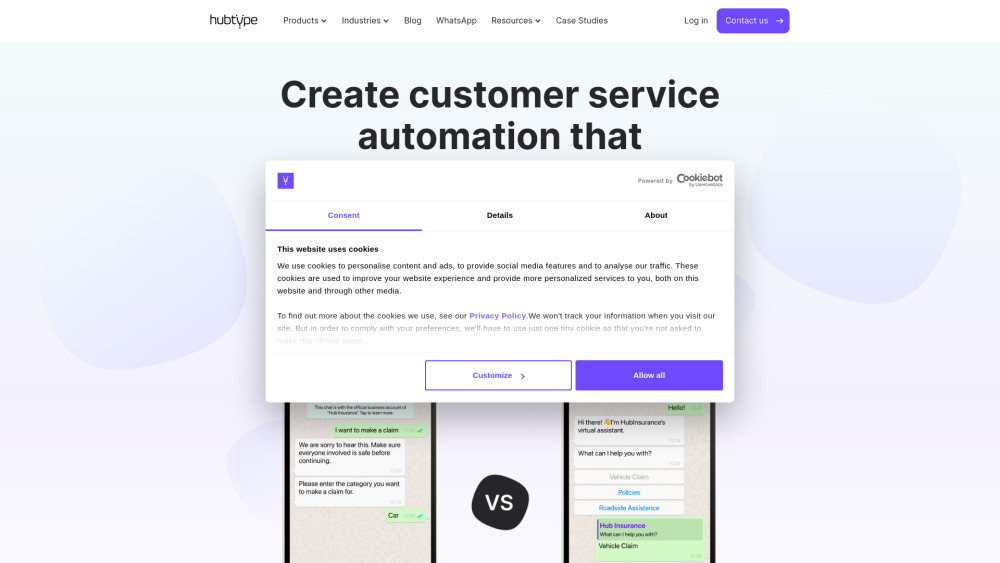As AI technology continues to evolve, its outputs are increasingly resembling human behavior. Are we prepared to address the ethical and legal implications that arise from this rapid change? The phenomenon of designing AI to replicate human traits—known as "pseudoanthropy"—raises critical questions about transparency, trust, and the risk of unintended harm to users. As organizations accelerate AI adoption, addressing these issues and minimizing potential liabilities is essential. Tech leaders must implement proactive measures to mitigate risks.
The Downsides of Humanizing AI
The allure of pseudoanthropy lies in its ability to create personalized experiences. By mimicking human-like qualities, AI can foster more intuitive and emotionally resonant interactions. However, real-world examples reveal that these capabilities also pave the way for manipulation, deception, and psychological harm.
Take, for instance, Microsoft’s generative AI model, VASA-1, which can generate remarkably lifelike talking avatars from just one static image. While it enhances the quality of human-computer interaction, it also poses immediate risks, such as creating deceptive deepfakes. VASA-1 employs artificial "affective skills"—intonation, gestures, facial expressions—to simulate authentic human emotions. This leads to troubling scenarios where viewers are emotionally manipulated by an AI that lacks genuine feelings.
The rise of AI-powered virtual companions heightens these ethical concerns. Using large language models (LLMs), these agents can simulate convincing romantic relationships, leading users to form emotional attachments based on a facade. The inherent inability of AI to reciprocate genuine human feelings raises significant mental health concerns, especially regarding potential psychological dependencies.
Even more routine applications, like AI customer service avatars designed to imbue interactions with a “human touch,” present ethical challenges. An AI that imitates human characteristics can easily mislead users about its true nature and limitations, resulting in over-identification, misplaced affection, or inappropriate reliance.
The capacity of AI to deceive users into thinking they're engaged with a real person raises complex issues around manipulation and trust. Without clear guidelines, organizations risk inflicting unintended harm on individuals—and, when deployed widely, on society at large. Tech leaders are at a pivotal moment, navigating uncharted ethical waters and making crucial decisions about the future of AI pseudoanthropy.
“In my opinion, failing to disclose that users are interacting with an AI system is an unethical practice,” warns Olivia Gambelin, author of the upcoming book Responsible AI. “There’s a high risk of manipulation involved.”
Emerging Liability Risks
The ethical dilemmas of AI pseudoanthropy extend into the realm of legal liability. As these technologies advance, organizations deploying them may encounter various legal risks. For example, if an AI system designed to mimic human qualities is used to mislead users, the company could face liabilities such as fraud or emotional distress claims.
As lawmakers and courts begin addressing the challenges posed by these technologies, new legal frameworks are likely to emerge, holding organizations accountable for their AI systems' actions and impacts. By proactively engaging with the ethical aspects of AI pseudoanthropy, technology leaders can mitigate moral hazards and reduce their exposure to legal liabilities.
Preventing Unintended Harm
Gambelin emphasizes that deploying AI pseudoanthropy in sensitive contexts such as therapy and education, especially involving vulnerable groups like children, demands careful oversight. “Using AI for therapy for children should not be permitted,” she asserts. “Vulnerable populations require focused human attention, particularly in education and therapy.”
While AI tools may improve efficiency, they cannot replace the essential human understanding and empathy crucial in therapeutic and educational relationships. Attempting to substitute AI for human care can risk leaving individuals’ core emotional needs unmet.
Technologists as Moral Architects
Fields like civil and mechanical engineering have navigated similar ethical dilemmas for decades. Philosopher Kenneth D. Alpern argued in 1983 that engineers hold a distinct moral duty. "The harm from a dangerous product arises not only from the decision to use it but also from its design." This perspective is equally relevant to AI development today.
Unfortunately, leaders in innovation have few authoritative guidelines to inform their ethical decisions. Unlike established professions like civil engineering, computer science lacks formal ethical codes and licensing requirements. There are no widely accepted standards governing the ethical use of pseudoanthropic AI techniques.
By embedding ethical reflection into the development process and learning from other disciplines, technologists can help ensure that these powerful tools align with societal values.
Pioneering Responsible Practices for Human-Like AI
In the absence of established guidelines, tech leaders can implement proactive policies to limit pseudoanthropy's use where risks overshadow benefits. Some initial suggestions include:
- Avoid using simulated human faces or human-like representations in AI to prevent confusion with real individuals.
- Do not simulate human emotions or intimate behaviors to avoid misleading users.
- Refrain from invasive personalization strategies that mimic human connections, which could lead to emotional dependency.
- Clearly communicate the artificial nature of AI interactions to help users distinguish between human and machine.
- Minimize the collection of sensitive personal information intended to influence user behavior or engagement.
Ethics by Design
As AI systems increasingly imitate human traits, ethical standards must become integral to the development process. Ethics should be prioritized alongside security and usability.
The risks of deception, manipulation, and the erosion of human connection highlight that ethics is not just a theoretical consideration for pseudoanthropic AI; it is a pressing concern that influences consumer trust.
“The company is dealing with the most critical currency in technology today: trust,” emphasizes Gambelin. “Without your customers' trust, you have no customers.”
Tech leaders must acknowledge that developing human-like AI capabilities involves ethical considerations. Design decisions carry moral implications that require careful evaluation. A seemingly harmless human-like avatar, for instance, can impose significant ethical burdens.
The approach to ethics cannot be reactive, added as an afterthought following public outcry. Ethical design reviews and comprehensive training must be institutionalized within software development methodologies from the outset. Ethical oversight must be as rigorous as security audits and user experience testing.
Just as past products failed due to inadequate security or usability, future AI tools will falter if ethical considerations are not embedded in their design and development. In this new landscape, ethics represent the practical foundation for sustainable technology.






